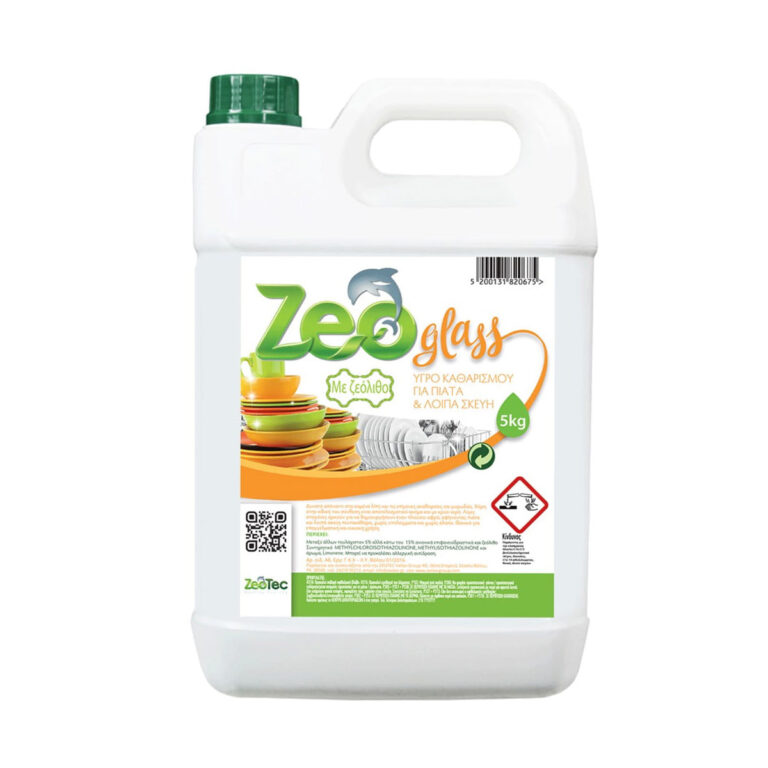Αbstract
This research was conducted to investigate the effect of natural zeolite on vegetative growth and flowering of tuberose (Polianthes tuberosa L.). The experiment was performed as a completely randomized design with seven treatments (5, 10, 15, 20, 25 and 30 g zeolite/kg soil mixture along with control) and four replicates. Results indicate that zeolite increased the height of flowering stem, diameter of flower, leaf area and chlorophyll content, but decreased the diameter of flowering stem, dry weight of shoots, and roots and bulblets. Overall, zeolite added to the soil mixture had beneficial effects on only some of the parameters of tuberose growth and development.
INTRODUCTION
Tuberose (Polianthes tuberosa L.) is one of the most important cut flowers in tropical and subtropical areas. The florets have a very sweet fragrance. In India and France tuberose is widely cultivated as a source of essential oils for the perfume industry. Polianthes is also a common garden plant in the spring and it flowers during the summer and early autumn (De Hertogh and Le Nard, 1993). In recent years there has been much interest in the de- velopment of sustainable agriculture and hence the use of natural minerals applied as soil amendments to improve physical and chemical properties of the soil (Abdi et al., 2006). Zeolites are a naturally occurring mineral group consisting of about 50 mineral types. They have a rigid three-dimensional crystal structure with voids and channels of molecular size and a high cation exchange capacity (CEC) arising from the substitution of aluminum (Al) for silicon (Si) in the silicon oxide tetrahedral units that constitute the mineral structure (Pickering et al., 2001). Other properties of zeolites include their high absorption levels, water retention and high buffering against changes in pH (Allen and Ming, 1995). The agricultural interest in the application of soil mixtures is due to the ability of the materials to prevent water wastage and leaching of nutrients. These features of soil mixture not only reduce ir- rigation and nutrition costs, but also decrease concerns of the grower about water and soil pollution (Nazari et al., 2007). The high cation exchange ca- pacity (CEC) of zeolites and their capacity to hold water and nutrients lead to improved yield and fruit quality (Djedidi et al., 1997). High exchange poten- tial of cation ammonium (NH4+) and potassium (K+) has been considered to be an important property of zeolites (Maloupa et al., 1999). Different zeolite types, and the same zeolite type from different deposits, vary in their chemical and physical properties and hence in their suitability for use in agriculture (Pickering et al., 2001). Application of natural zeolite to the pot mixture resulted in a significant increase in photosynthesis, mesophyll ef- ficiency, water use efficiency, chlorophyll content, dry weight of roots and shoots, leaf area and flower length in Tagetes erecta L. ‘Queen’ (Nazari et al., 2007). Zeolites are reported to increase yield in several crops, e.g., wheat (Triticum aestivum L.), eggplant (Solanum melongeana L.), carrot (Daucus car- rota L.), tomatoes (Lycopersicon esculentum L.) and peppers (Capsicum annuum L.) (Mumpton, 1999). It is reported that gerbera (Gerbera jamesonii L.) per- formed better on zeolites than on perlite or rockwool soil amendments (Issa et al., 1997). Zeolites are available in Iran and are second in abundance only to iron stone (Fotoihi Ghazvini et al., 2007). The aim of the present experiment was to study for the first time the effect of natural zeolite on the vegetative growth and flower characteristics of tuberose.
source: tandfonline.com

